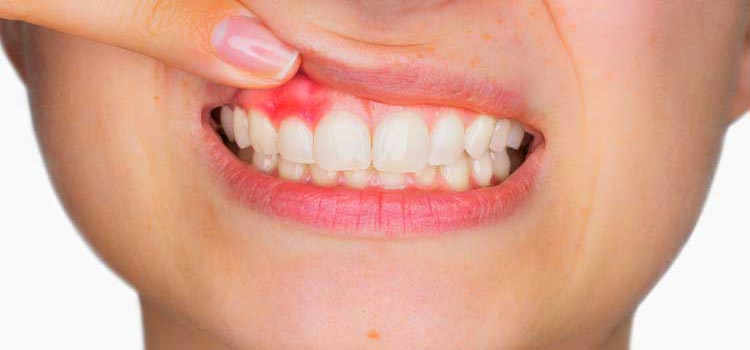Gum disease is one of the leading causes of tooth loss in adults. It seems these figures ring true, as at least three million Australians are missing teeth – with many due to gum disease. Aside from needing to seek out dental help from your dentist so you can get to grips with your oral health, there are other ways to tell whether you have gum disease – or are likely to get it.
Plaque and Gingivitis
Gingivitis is an early stage of gum disease and causes gum tissue inflammation. The beauty experts at Artistic Beauty say, if you have a lot of plaque around your teeth and gumline, then you are in the beginning stages of gum disease. Fortunately, if you see your dentist for professional dental services such as cleaning, brush, and floss regularly, and see your dentist twice-yearly, you may be able to reverse those beginning stages.
Tissue and Bone Loss
If you don’t act fast once plaque and gingivitis take hold, your gingivitis then turns into advanced gum disease – periodontitis. At this stage, your dentist may use such procedures as scaling and deep cleaning and plaque removal beneath your gumline. Periodontitis affects your gums, but it has severe consequences for your bone too. Any bone loss from periodontitis may require a dental specialist’s help.
Other Signs of Gum Disease
Alongside plaque, gingivitis, and tissue and bone loss, there are different ways to find out if you have gum disease – or are likely to get it.
Your gums might be red and swollen for seemingly no reason, and when you brush, they might bleed too. Your gums can also look like they are pulling away from your teeth – something that tends to happen gradually as gum disease progresses.
If you feel like you have bad breath, or continuously see the need for mints, then it could be time to see your dentist about your oral health. Bad breath coupled with pus between your teeth is a sure-fire sign that gum disease is trying to take hold.
Other tell-tale signs include a change in your bite or the loss of permanent teeth. If you find that any of these symptoms are similar to what you are experiencing, then act quickly. Make an appointment with your dentist to see what they can do to help.
How to Prevent Gum Disease
Gum disease is no fun for anyone, which is why it’s so important to be proactive and try to avoid it. There are several prevention methods which can work hand in hand. Firstly, make sure you brush and floss properly every day – without exception. Partner this routine with antibacterial toothpaste and mouthwash too.
Then, see your dentist twice a year for a clean and check-up. They can identify problems before they even begin to cause issues for you.
Gum disease is a real problem, but one you can avoid with simple oral hygiene techniques. See your dentist and find out what you need to do to prevent the disease from taking hold.

